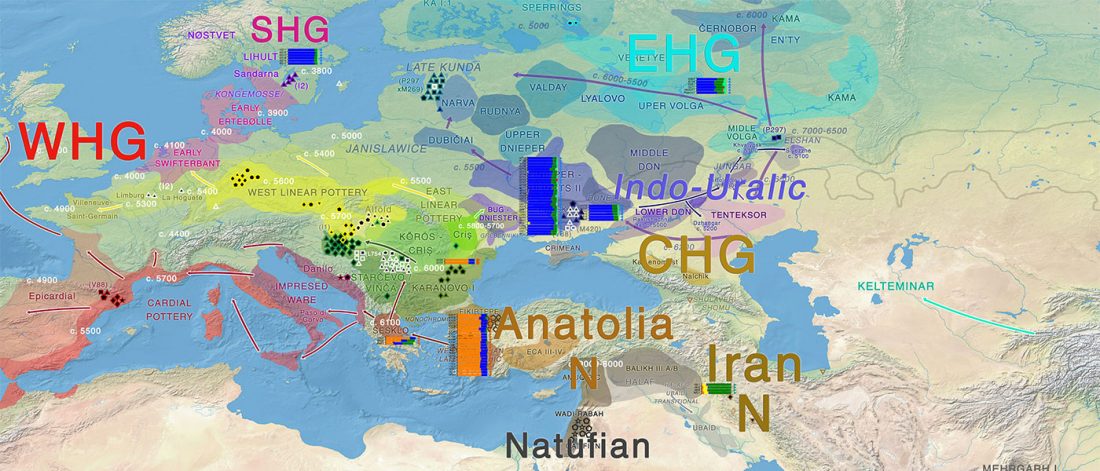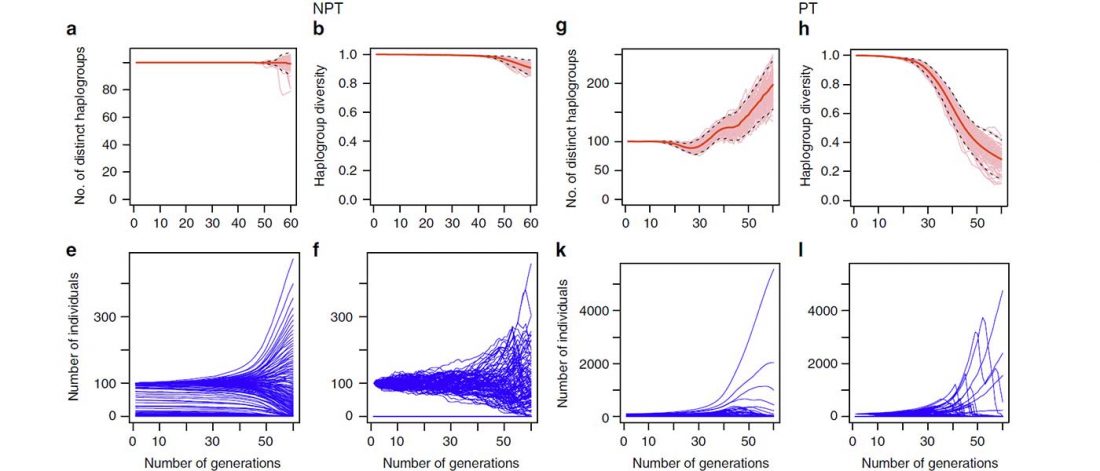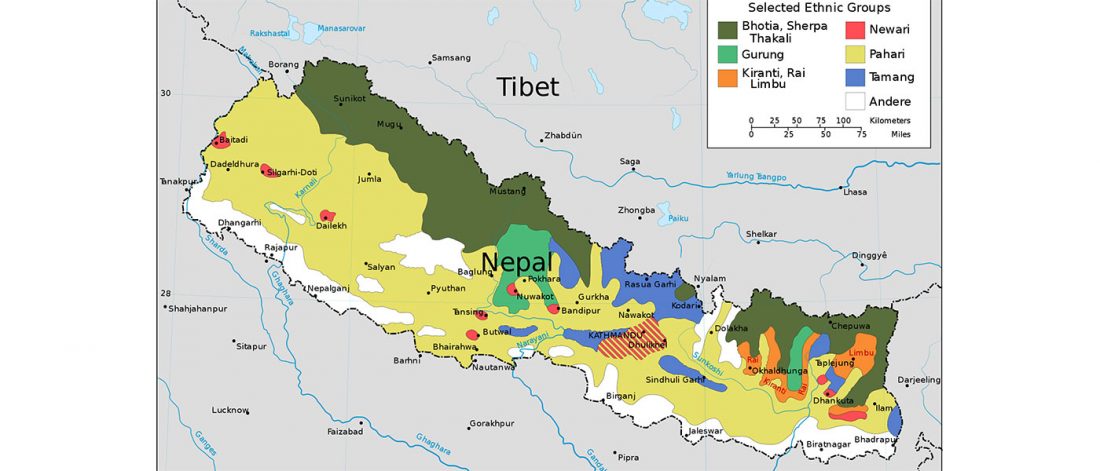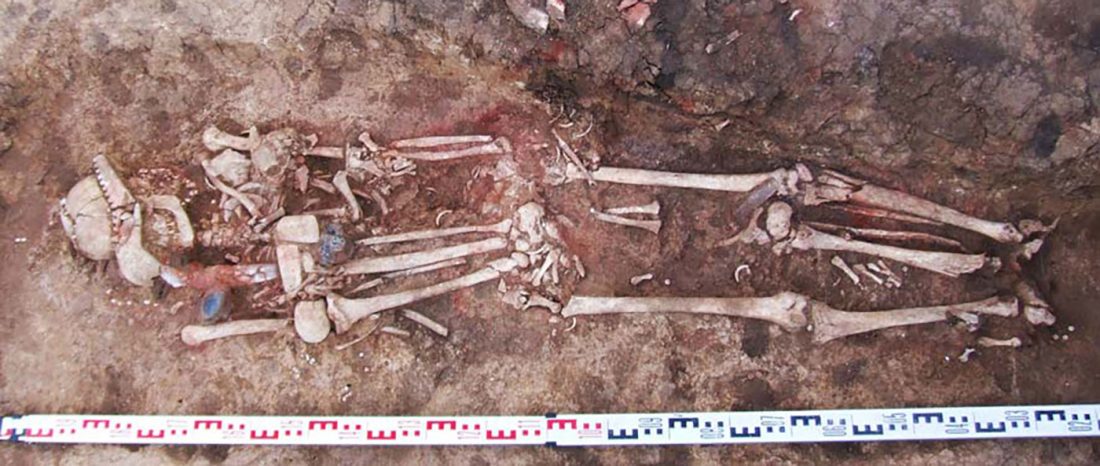Climatic conditions in the Cis-Ural Steppe region and the Repin culture
New paper (behind paywall) Climate and Vegetation Changes over the Past 7000 Years in the Cis-Ural Steppe, by Khokhlova, Morgunova, Khokhlov, and Gol’eva, Eurasian Soil Sc. (2018) 51: 506.
Abstract (emphasis mine):
… Read the rest “Climatic conditions in the Cis-Ural Steppe region and the Repin culture”A multilayered archaeological site Turganik Settlement in the valley of the Tok River in the Cis- Ural steppe (Orenburg oblast) was examined with the use of paleopedological and microbiomorph methods. Ancient people inhabited this area in the Latest Neolithic (Eneolithic) (5th millennium BC) and Early Bronze (4th millennium BC) ages. It was found that cultural layers dating back to the Atlantic period of the Holocene had been






